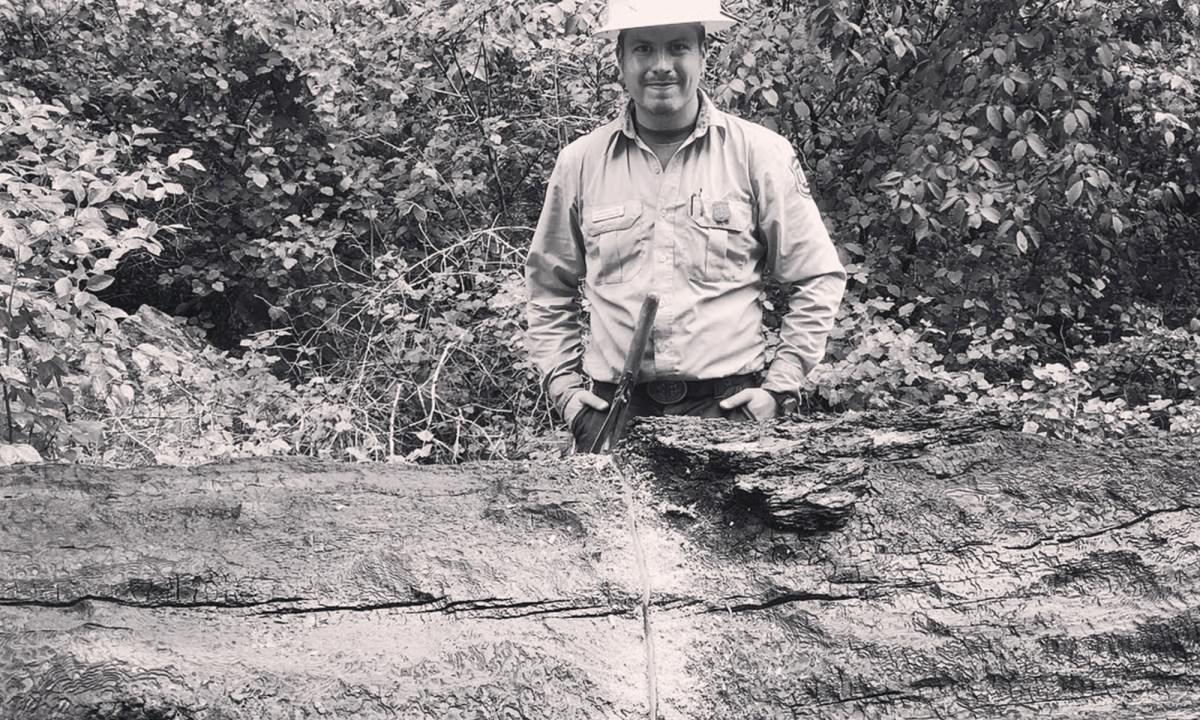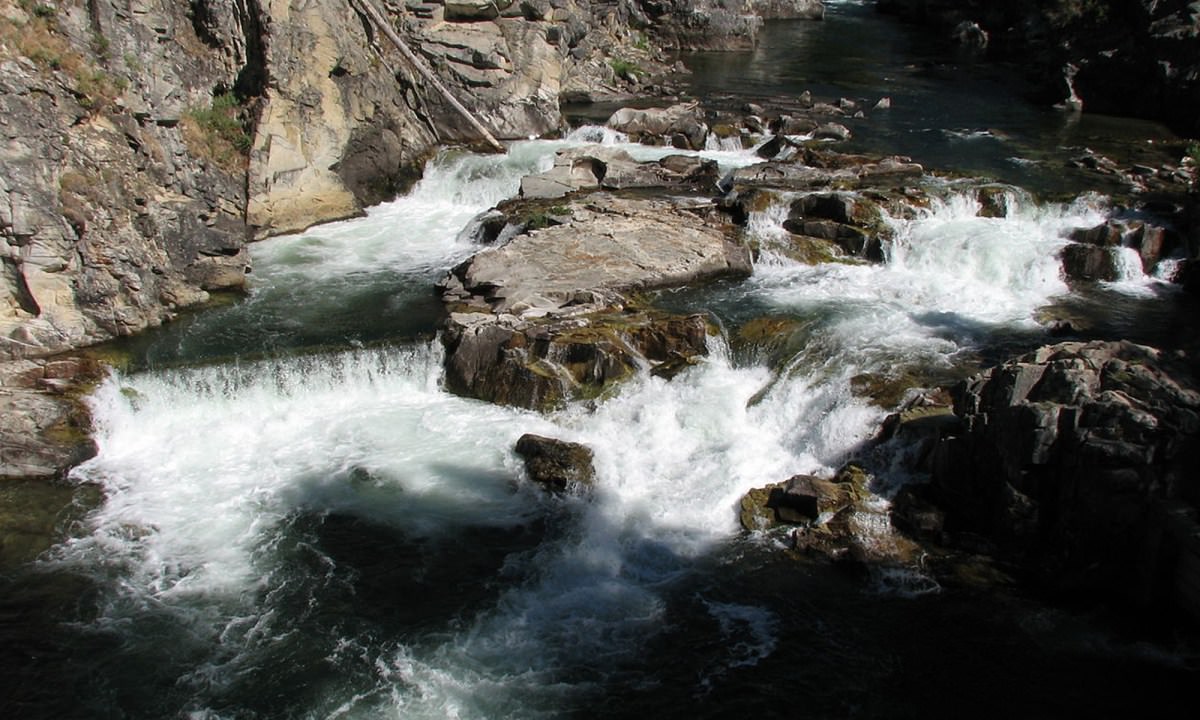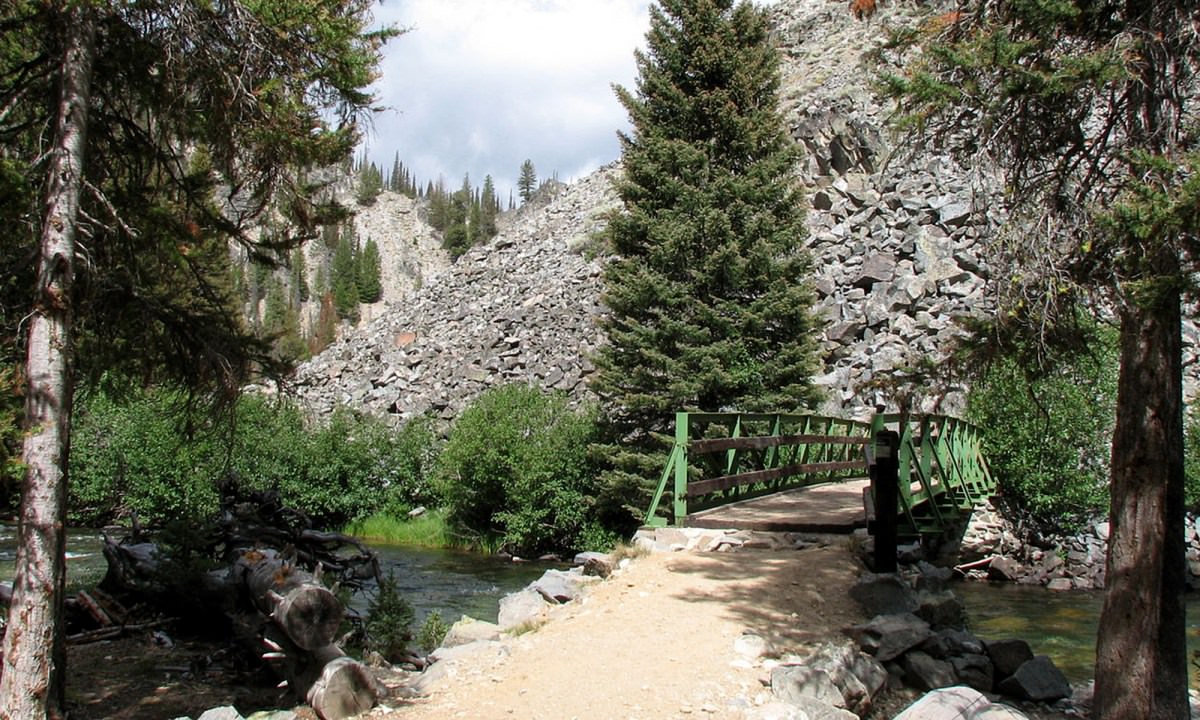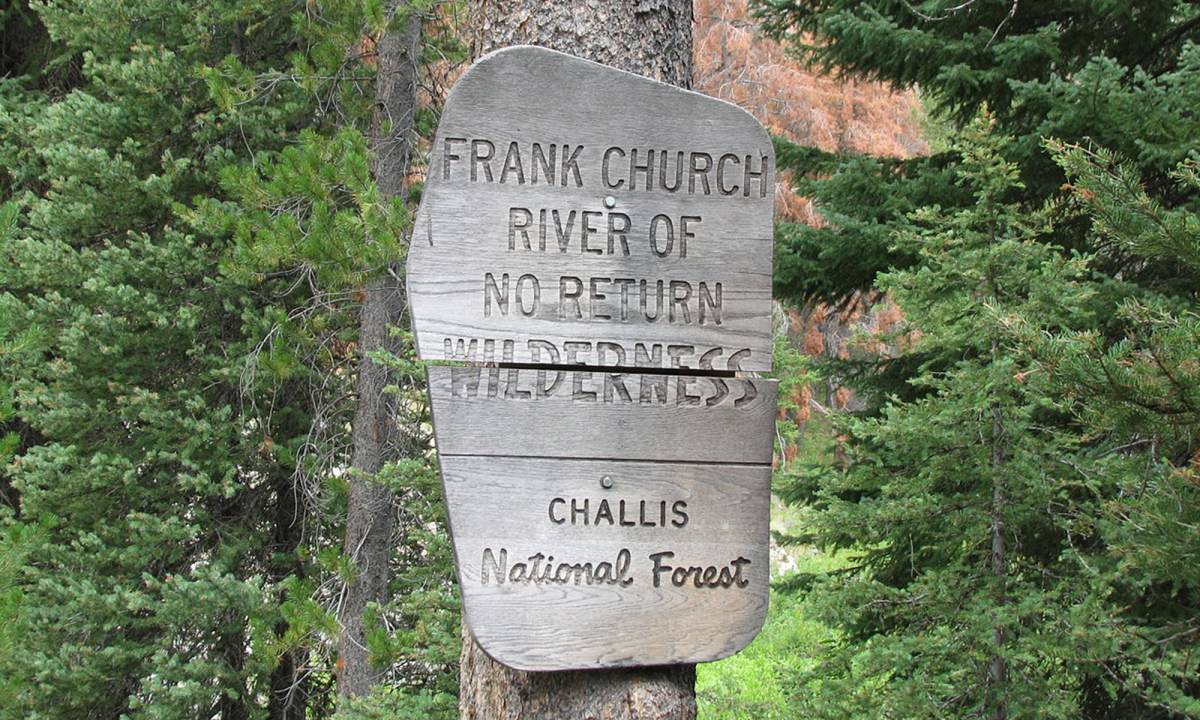Camping at a campground is one way to experience the outdoors; but if you want a more encompassing experience, you’ve got to go to the backcountry.
You have folks who work as Rangers to thank for keeping these areas clean and ready for you to hike and camp in. They answer any questions you might have about the area where they work, keep the trails clear of debris, clean up campsites, and are generally amazing people.
We had the chance to talk with Harrison Stone, a Wilderness Ranger stationed in Idaho. Read on to learn more about what these folks do and how integral they are to the US National Park System.

Wilderness Ranger, Harrison Stone
Leatherman: Can you tell a little about where you work? What region and how big is your range on foot?
Harrison Stone: I work for the Salmon-Challis National Forest in the Frank Church–River of No Return Wilderness. My district (North Fork Ranger District) administers about 440 Wilderness miles of trail.
Leatherman: How many consecutive days do you spend in the field? How many in a typical season?
Stone: Typically we try to run 8-day trips, or hitches. Although, due to the sheer amount of travel time into the heart of ‘The Frank’ every summer I do at least one 18-day hitch. Over the course of a season, I will spend around 100 nights out in the field.
Leatherman: What are your primary responsibilities?
Stone: As a Wilderness Ranger I have a responsibility to educate the public about Wilderness values and ‘Leave No Trace’ ethics, as well as clean camps that have been left dirty. However, I primarily do trail maintenance, performing education and camp cleans as needed in addition to the primary trail maintenance mission. Trail work entails clearing paths of downed trees, re-digging trail tread, removing brush, building rock walls, and constructing drainage structures.

Leatherman: What do you see and experience on a typical hitch? Wildlife? Weather? Interactions with people?
Stone: It’s hard to say what is typical for a hitch. They are unpredictable and full of surprises. I’ve seen mountain lions, bear, moose, wolves, and even a wolverine at close range. This season so far I’ve seen a wolf and a bear—and even a bald eagle catching a duck from the SalRiveriver. In terms of weather, we like to say “welcome to Idaho—slip on the ice, fall in the mud, and brush the dust off". We can get all four seasons in one hitch, or even one day. I don’t interact with many folks outside of the Bighorn Crags, our high-use area. But in the crags, we see a lot of large church groups and boyscout troops, as well as solo backpackers and small groups. In the crags, it would not be unusual to make contact with 50 to 100 people in a day. We run into a lot of burnt garbage in fire rings (mountain house bags and aluminum foil) so I usually spend time trying to convince people to ‘pack it out’, or thanking them for already doing so.
Leatherman: How long have you been a backcountry ranger?
Stone: This is my 6th season as a ranger, 10th season in the backcountry.
Leatherman: What tools do you take along? Is there anything you can’t live without?
Stone: We are generally on trail-clearing missions, so we carry a 6-foot, 100-year-old crosscut saw, a silky katana boy saw, a Pulaski, and each sawyer carries what I call a ‘side arm’ folding silky saw as well as wedges and 3-in-1 oil and/or WD-40. Tools in our arsenal for bigger construction projects are pick mattocks, sledgehammers, shovels, and even dynamite. I just lost my trusty Leatherman, but won’t be wasting any time getting another. I couldn’t live without my Mystery Ranch Terraplane backpack, either.

Leatherman: Do have any advice for novice backpackers? Any good hacks or experience that will help them out?
Stone: Go light but not too light. I’ve never been one to count ounces and such. Keep food simple—if you hike far enough, it’ll taste good no matter what you bring.
Leatherman: How did you get into this profession and ultimately become a backcountry ranger?
Stone: I moved from North Carolina when I was 19 to do a season with Montana Conservation Corps. I worked my way up to be a Field Crew Leader, and by my 4th season I was working in Great Smokies National Park for the NPS. After the NPS season I dove back into true Wilderness work in the Frank, and it’s been home ever since.
Leatherman: Did you have a background in the outdoors?
Stone: Before I did MCC the most outdoorsy thing I would do is car camp or float a river occasionally.
Leatherman: Do you have an experience that stands out or a story to share? Anything crazy ever happened?
Stone: I saw a wolverine at very close range. It was running up the trail towards an intern then when it noticed me it ran up a tree right beside us then ran down and back the way it came.
